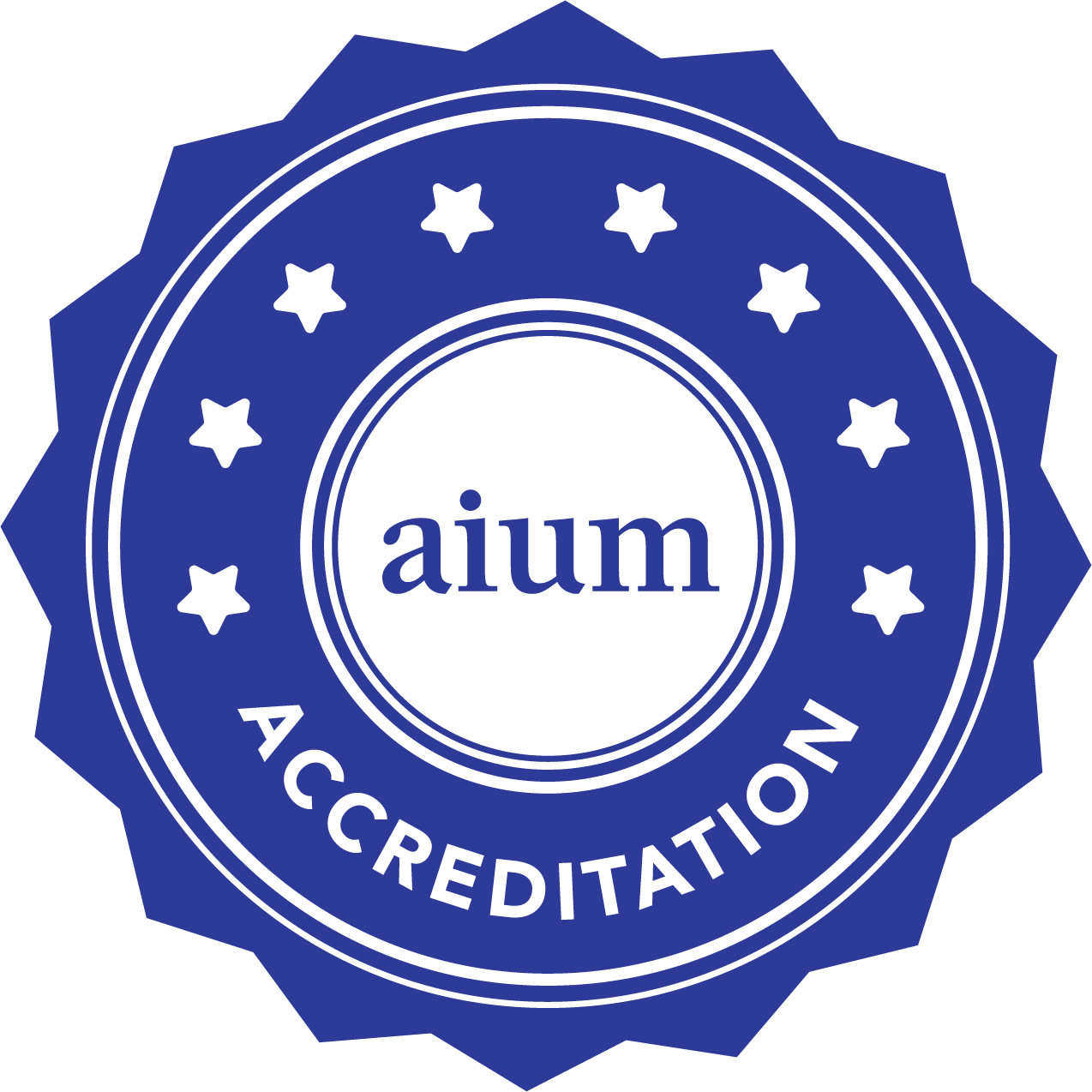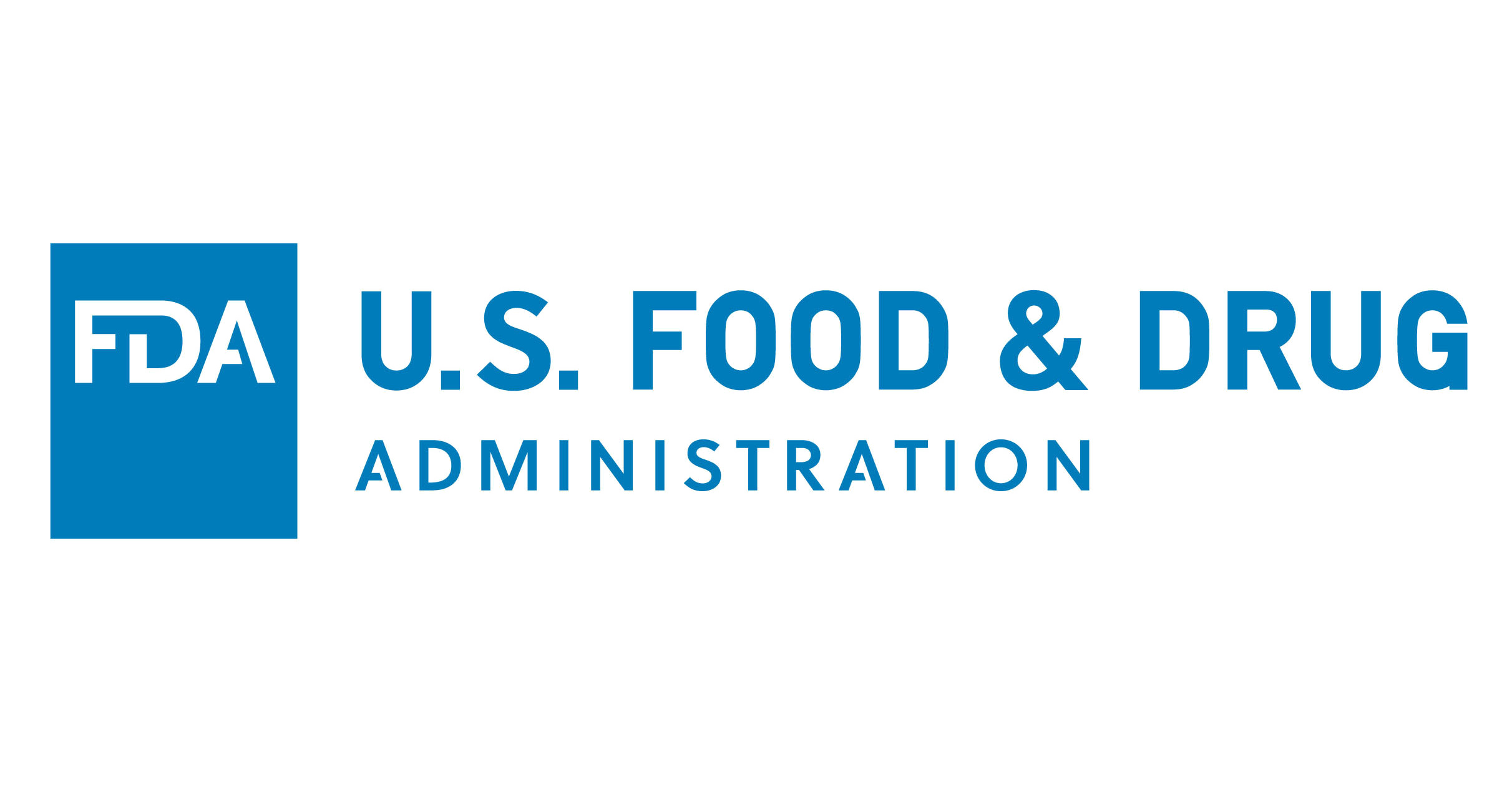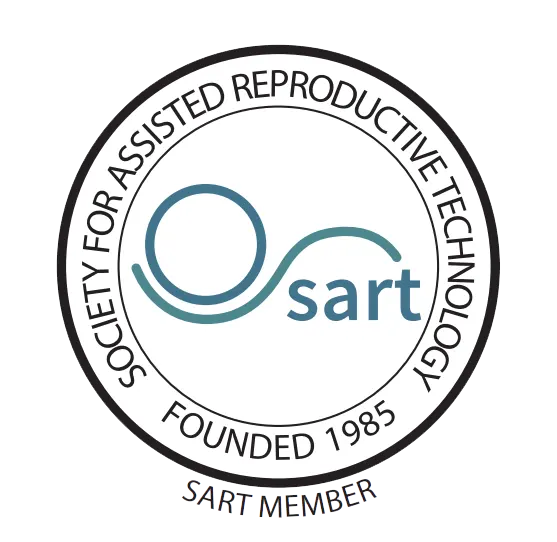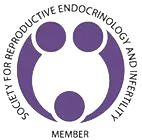What is Assisted Hatching?
The cells that make up the early embryo are enclosed within a flexible membrane (shell) called the zona pellucida. During normal development, a portion of this membrane dissolves, allowing the embryonic cells to escape or “hatch” out of the shell. Only upon hatching can the embryonic cells implant within the wall of the uterus to form a pregnancy.
Assisted hatching is a laboratory technique in which an artificial opening or thinning is made in the shell of the embryo in an attempt to enhance its ability to hatch and implant after transfer. It has been suggested that this outer shell becomes thicker and hardened with culturing in the laboratory and aging of the oocyte. The hatching is usually performed on the day of transfer, prior to loading the embryo into the transfer catheter. A small opening can be made by a physical means as in vaporizing the shell with a high energy laser beam, or by a chemical means with a dilute acid solution.
Risks of Assisted Hatching
Risks that may be associated with assisted hatching include damage to the embryo resulting in loss of embryonic cells, or destruction or death of the embryo. Artificial manipulation of the embryo may increase the rates of monozygotic (identical) twinning which are significantly more complicated pregnancies. There may be other risks not yet known.
Indications for Assisted Hatching
The Practice Committee of the Society for Assisted Reproductive Technology (SART) of the American Society for Reproductive Medicine (ASRM) (Fertility and Sterility Vol 102, NO.2/AUGUST 2014) stated the available published evidence does not support the routine or universal application of assisted hatching in all IVF cycles at this time. Assisted hatching may be of benefit only for patients with a poor prognosis, including those with more than two failed IVF cycles, poor embryo quality AND women older than 38 years old. Family Fertility Center follows the guidelines on assisted hatching set by SART.
References
- Assisted Hatching
- Practice Committee of the Society for Assisted Reproductive Technology (SART) of the American Society for Reproductive Medicine (ASRM) (Fertility and Sterility Vol 102, NO.2/AUGUST 2014)
Schedule a Consultation
Contact Us
If you are experiencing a medical emergency, call 911 or go to the nearest emergency room.
We understand you may have a lot of questions. Additionally, each couple or individual has a unique set of circumstances. To this end, the best way to get answers for your situation is a face-to-face consultation with our physician.
Schedule a Consultation
Contact Us
If you are experiencing a medical emergency, call 911 or go to the nearest emergency room.
We understand you may have a lot of questions. Additionally, each couple or individual has a unique set of circumstances. To this end, the best way to get answers for your situation is a face-to-face consultation with our physician.









